Classic art, a term often reserved for works that have stood the test of time, encapsulates an array of breathtaking and notable art pieces from various periods. These pieces, whether they are classic paintings, famous drawings, or masterpieces from renowned artists, provide a glimpse into cultures, ideologies, and artistic innovation across centuries.
Classic art dates back to the ancient Greek and Roman epochs, extending through the Renaissance, and continuing to enrich our understanding of aesthetics and human expression. Artists like Leonardo da Vinci, Michelangelo, and Van Gogh have created iconic works that not only define art but shape cultural and historical narratives global in scope.
The Evolution of Classic Art
Ancient Foundations
The origins of classic art can be traced to the civilizations of ancient Greece and Rome, where an idealized portrayal of the human form and mythological themes became a hallmark. In classical antiquity, artworks emphasized proportion, balance, and harmony.
Key Characteristics of Classical Art:
| Characteristic | Description |
|---|---|
| Idealization | Depiction of perfect forms, often devoid of emotion |
| Proportion | Use of mathematical ratios to achieve balance in figures |
| Harmony | A cohesive visual arrangement that evokes a sense of peace |
| Subject Matter | Predominantly focuses on human figures and mythology |
Highlights of Renaissance Art
The Renaissance marked a pivotal revolution in classic art, embracing realism and human emotion. Artists began to explore perspective, shadowing, and anatomical accuracy, resulting in some of the most enduring masterpieces.
| Notable Artists | Key Works | Period |
|---|---|---|
| Leonardo da Vinci | Mona Lisa | 1503 |
| Michelangelo | The Creation of Adam | 1508-1512 |
| Raphael | School of Athens | 1509-1511 |
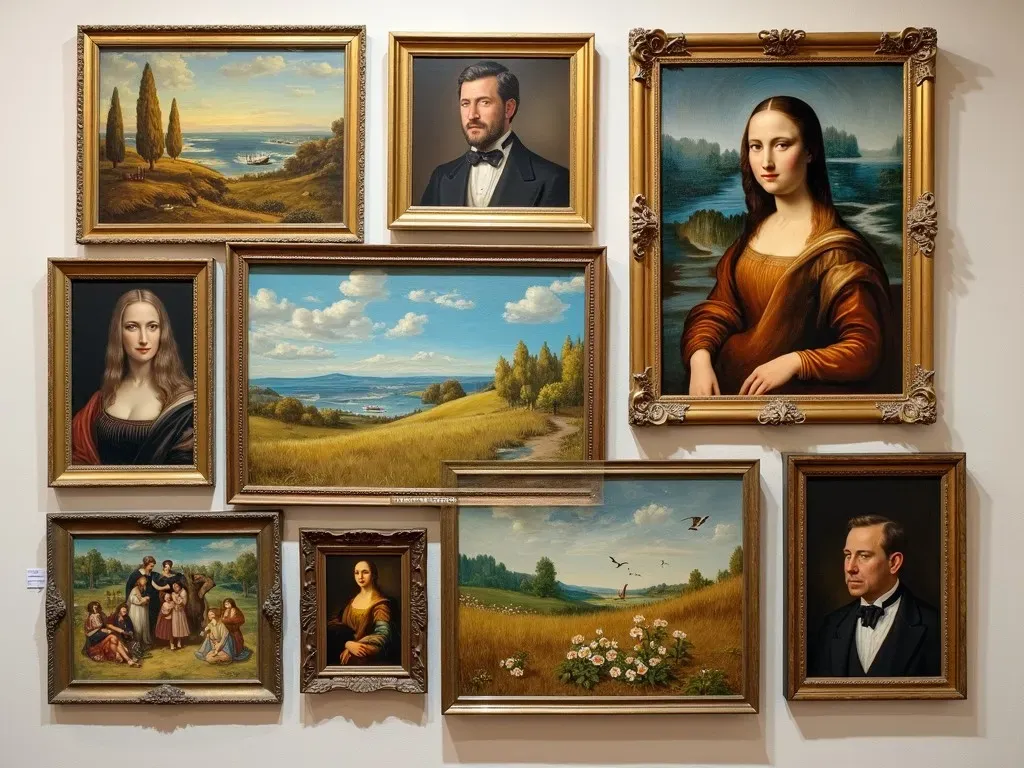
Famous Artwork: A Closer Look
Classic art is often synonymous with the most renowned works around the world. Below are a few entries from the list of the 100 most famous paintings, depicting the artistic breadth and depths of talent.
The Mona Lisa (Leonardo da Vinci)
The Mona Lisa is arguably one of the most studied and visited paintings ever. Housed in The Louvre, it showcases a woman whose enigmatic smile has intrigued art lovers for centuries.
Starry Night (Vincent van Gogh)
This iconic painting captures a swirling night sky over a quiet village. Van Gogh’s unique use of color and brushstroke offers an emotional depth that resonates to this day.
The Birth of Venus (Botticelli)
Displaying Venus emerging from the sea, this work exemplifies beauty and mythology, intricately combining graceful lines with soft colors.
The Scream (Edvard Munch)
A representation of modern existential angst, The Scream resonates as a universal symbol of human anxiety and despair.
| Painting | Artist | Year | Location |
|---|---|---|---|
| Mona Lisa | Leonardo da Vinci | 1503 | The Louvre |
| Starry Night | Vincent van Gogh | 1889 | Museum of Modern Art |
| The Birth of Venus | Sandro Botticelli | 1484-1486 | Uffizi Gallery |
| The Scream | Edvard Munch | 1893 | National Gallery, Oslo |
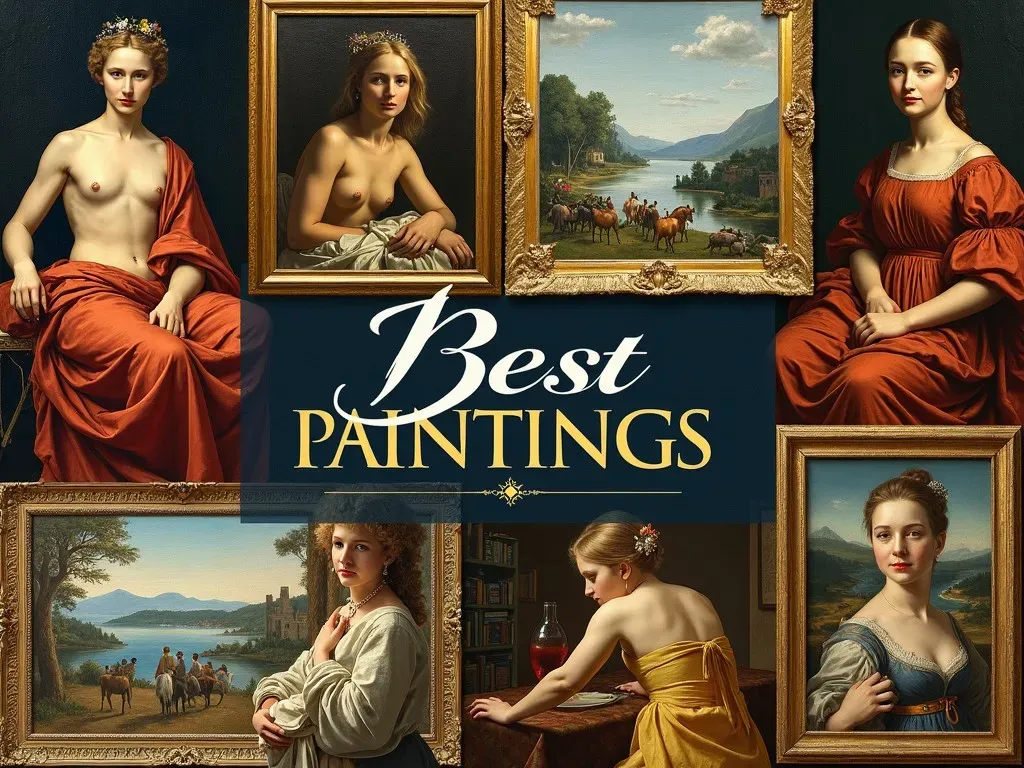
Reference Video
Popular Movements in Classic Art
1. Classicism
Drawing heavily from ancient Greek ideals, Classicism emphasizes clarity, order, and a focus on human beauty. This movement profoundly influences both architecture and painting.
2. Baroque
Emerging in the 17th century, Baroque art is characterized by dramatic use of color, light, and shading. Notable figures include Caravaggio and Rembrandt.
3. Impressionism
A late 19th-century movement, Impressionism broke conventional artistic rules by focusing on the effects of light and color rather than precise detail. Artists like Monet and Degas revolutionized perceptions of art.
| Movement | Key Features | Notable Artists |
|---|---|---|
| Classicism | Clarity, Order, Humanism | Raphael, Michelangelo |
| Baroque | Drama, Movement, Emotional Intensity | Caravaggio, Rembrandt |
| Impressionism | Light, Color, Perception of Moments | claude monet, Edgar Degas |
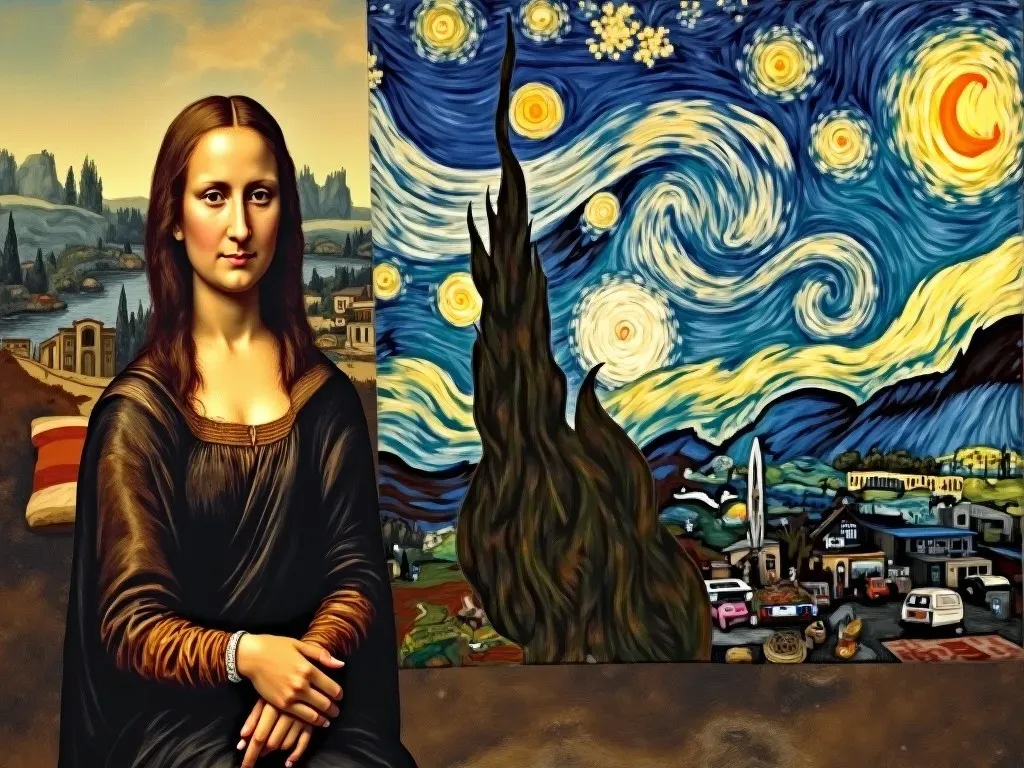
The Modern Influence of Classic Art
Classic art continues to influence contemporary artists, designers, and filmmakers. Elements of classic Techniques and motifs frequently appear in modern artwork. Institutions worldwide advocate for the preservation and study of classic works, recognizing their impact on education and culture.
Educational Benefits
Art institutions often integrate classic art into curricula, highlighting its importance in understanding artistic evolution and cultural context.
| Advantage | Description |
|---|---|
| Cultural Awareness | Exposure to different historical contexts |
| Artistic Skills Development | Understanding techniques and mediums |
| Critical Thinking | Analyzing themes, styles, and artist intentions |
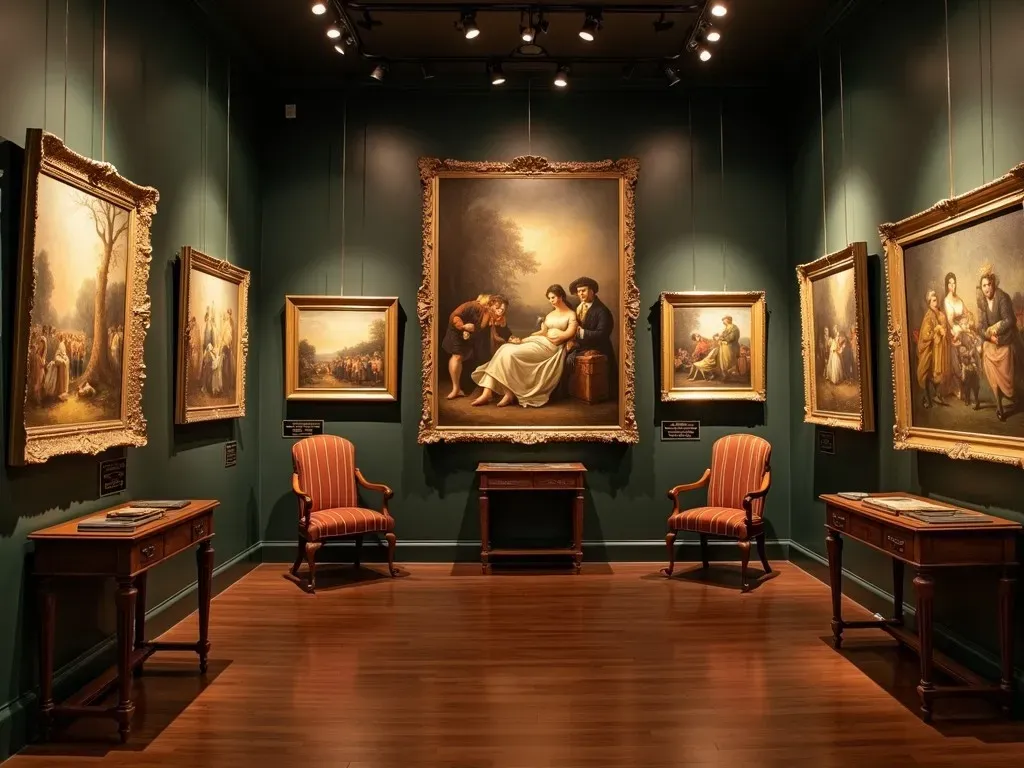
Frequently Asked Questions (FAQ)
What defines classic art?
Classic art is characterized by its enduring value, aesthetic qualities, and association with historical movements.
Why is classic art important?
It reflects cultural, social, and political contexts from its time, influencing contemporary art and societal values.
How do I identify classic paintings?
Look for features such as balanced composition, subject matter often related to mythology or religion, and a focus on realism and human emotion.
Where can I view classic artworks?
Many classic artworks are available in galleries and museums worldwide. Websites like National Gallery of Art offer access to many public domain images.
What is the significance of famous artworks?
Famous artworks often evoke emotions, provoke thought, and inspire future generations, solidifying their place in cultural history.
For a more immersive experience, art enthusiasts are encouraged to visit exhibitions or utilize online resources to explore these classic artworks further.
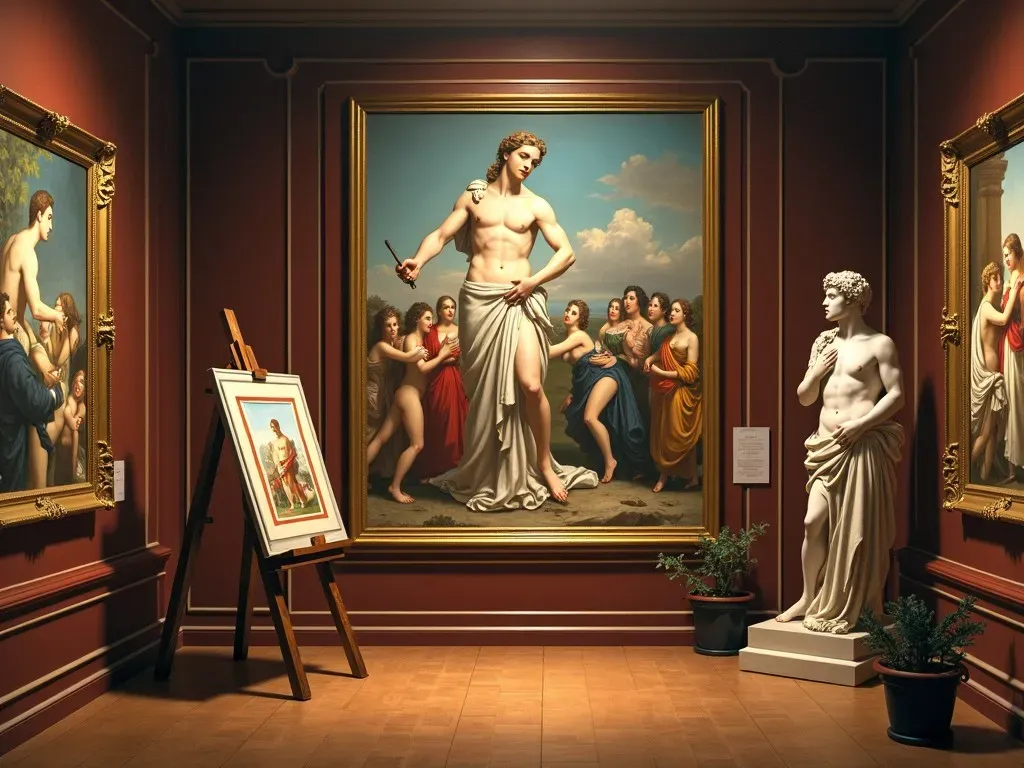
Notable Resources
For additional insights into classic art, consider visiting:
Ultimately, classic art serves as a bridge connecting us to our past, providing Inspiration and reflection in our contemporary world. The visual language expressed through these timeless pieces continues to enrich our understanding of human experience.
